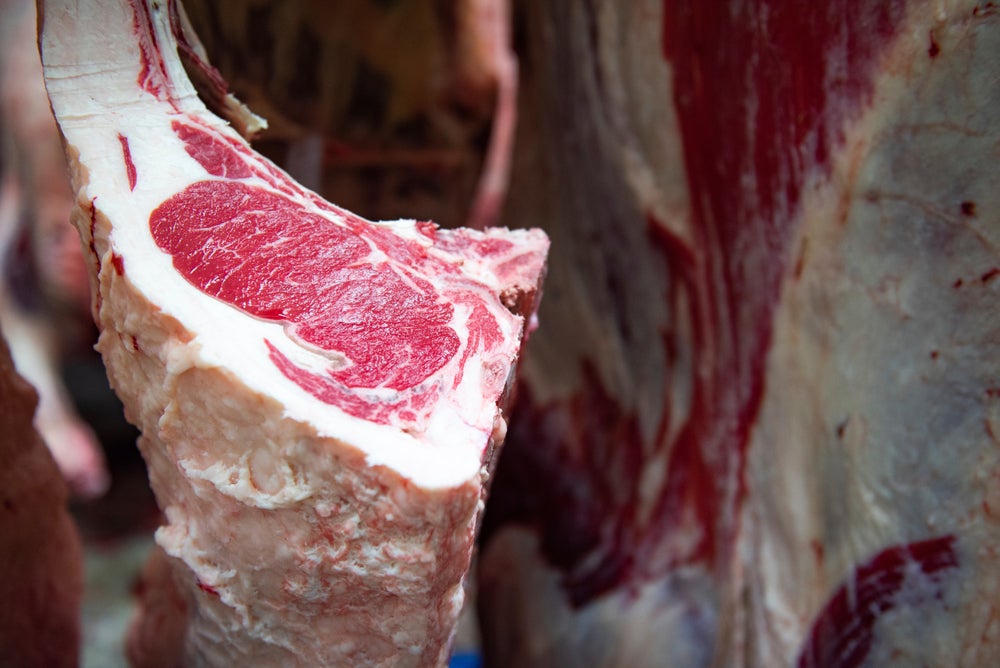Australia has officially lifted a long-standing restriction on U.S. beef imports following a full biosecurity and safety assessment, clearing the way for fresh chilled and frozen American beef products to legally enter the Australian market.
According to BBC, the decision may have been politically motivated, prompted by President Donald Trump’s imposition of a 10 percent tariff on Australian beef earlier this year. While the U.S. meat industry welcomed the news — citing a 20-year barrier to access — the reality is more nuanced.
Although Australia banned American beef in 2003 following a case of bovine spongiform encephalopathy, small-scale imports resumed in 2019 under strict conditions. Specifically, imported beef had to originate from animals born and raised in a single country, a challenge for the U.S., where herds are often mixed with cattle from Canada and Mexico. Without reliable animal traceability, most U.S. beef couldn’t meet the requirements.
After further evaluations of Canadian and Mexican cattle and the implementation of stronger traceability protocols by the U.S. Department of Agriculture, Australia has now removed that barrier.
The National Cattlemen’s Beef Association celebrated the move, stating it ends “decades of bureaucratic red tape and prolonged negotiations.” NCBA president Buck Wehrbein commented, “For 20 years, U.S. beef was denied access to Australia while Australia exported $29 billion of beef to U.S. consumers. The lack of two-way, science-based trade has been a sticking point for many years, and we are pleased that President Trump has successfully opened the Australian market to American beef.”
Despite the U.S.-Australia Free Trade Agreement in place since 2005, NCBA contends that Australia used regulatory delays to keep American beef out. NCBA’s Kent Bacus added, “The United States is the gold standard for safe and delicious beef, and we have some of the highest animal health and food safety standards in the world. Opening the Australian market to American beef will benefit our producers at home while also offering Australian consumers the opportunity to enjoy our high-quality beef. We greatly appreciate President Trump delivering another win for America’s family farmers and ranchers.”
U.S. Agriculture Secretary Brooke Rollins echoed the sentiment, calling the longstanding restriction “absurd,” and praising the resolution: “Gone are the days of putting American farmers on the sidelines.”
Yet despite the regulatory clearance, the practical implications may be modest. Meat & Livestock Australia noted that Australian consumers overwhelmingly purchase domestic beef, with more than 99 percent of consumption met by local supply. Australia produces roughly triple its domestic demand and exports about 70 percent of its beef.
Given the U.S. cattle herd is currently at a historic low while beef demand remains high, MLA expects U.S. imports of Australian beef to continue growing — not the other way around. In June, Australian beef exports to the U.S. climbed 24 percent year over year, despite the 10 percent tariff.
MLA Managing Director Michael Crowley stated, “The impact of U.S. and Canadian beef entering Australia is expected to be minimal. It is unlikely there will be an adverse effect on Australian cattle producers.” He cited strong domestic supply, currency strength, and consumer preference for Australian beef as factors limiting the influence of U.S. imports.
Under AUSFTA, Australia can export nearly 450,000 metric tons of beef to the U.S. tariff-free each year. The U.S., by contrast, has only managed to export a few hundred metric tons to Australia since 2023. Whether the new clearance results in a notable trade shift remains to be seen.


